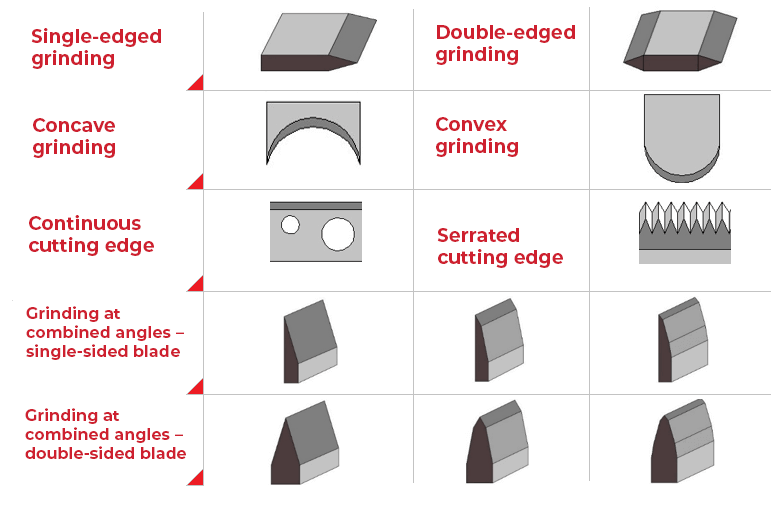In practically every production plant we find a cutting tool. These blades might be used in the primary production process or used for finishing, in dispatching goods or in warehousing. It is always advisable, and worthwhile, to pay attention to the choice of blade.
It must be emphasized that in every respect a blade is a tool that, with careless handling, can result in serious injuries. With few exceptions, there is almost no SAFETY blade that cannot injure you. However, there are several principles that, if followed, can prevent serious injury.

